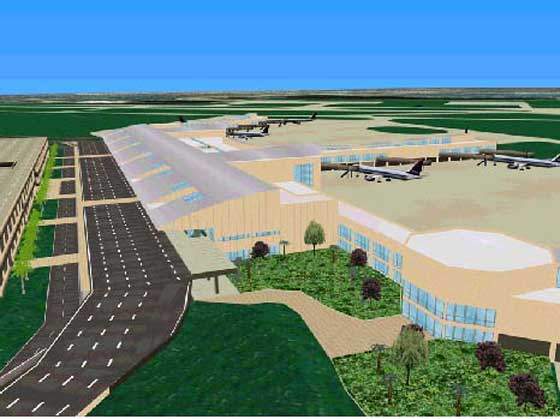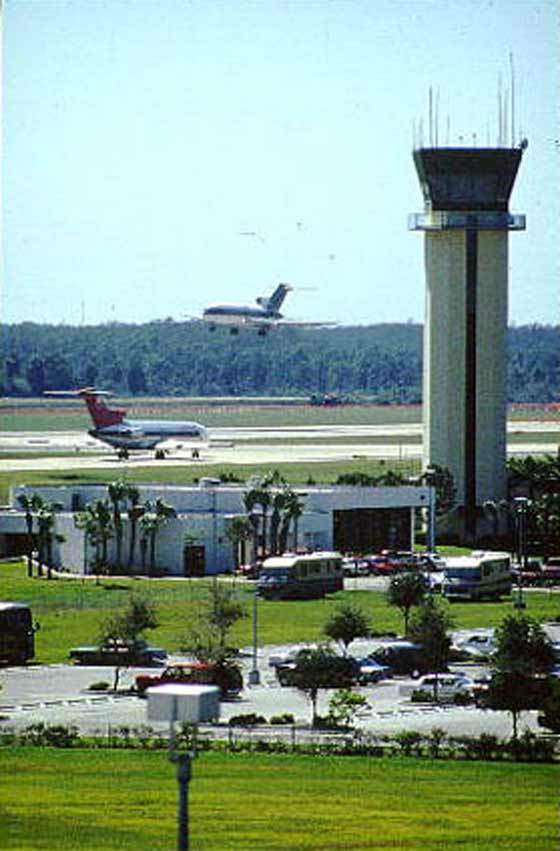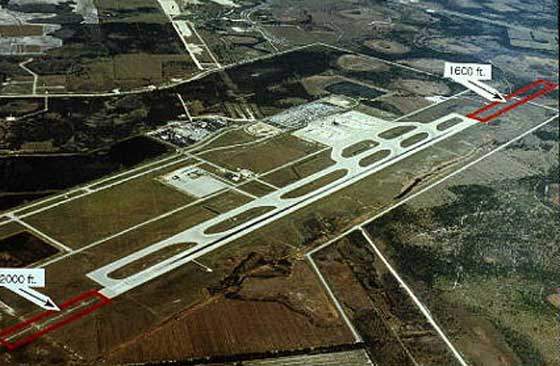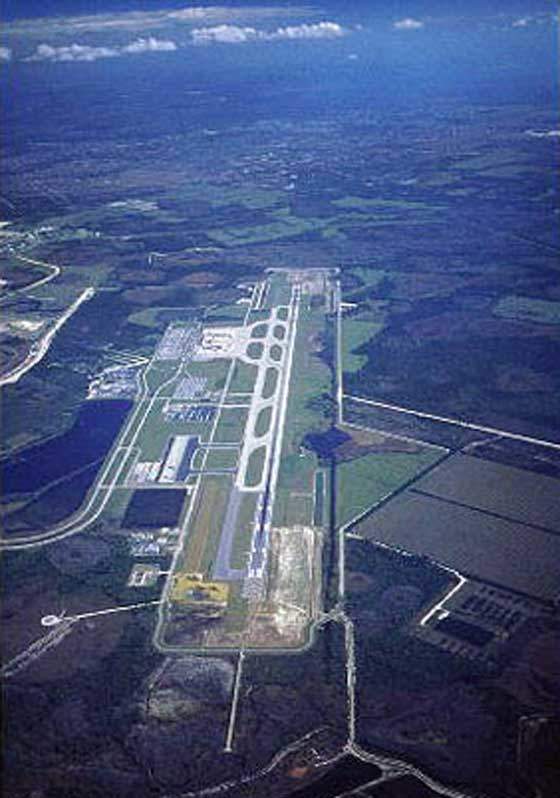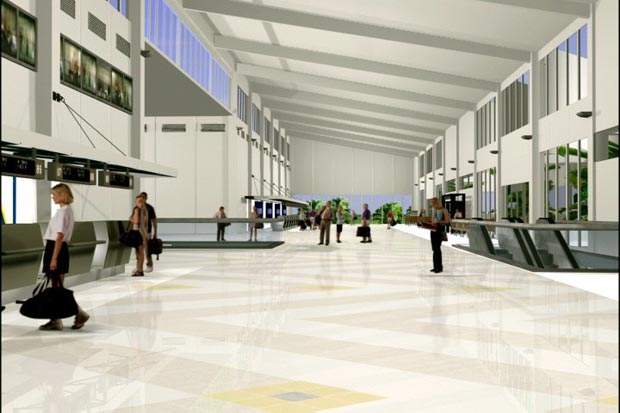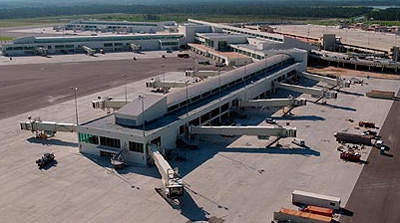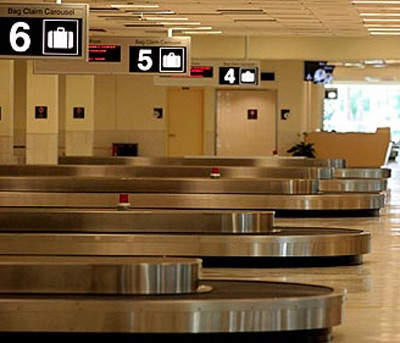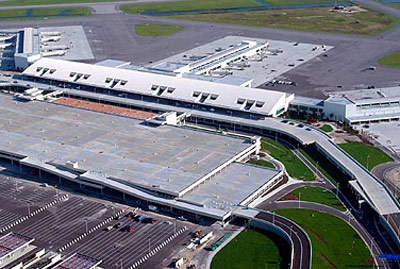Southwest Florida International Airport is situated on a 3,431ac (13.88km²) site, just off the coast of the Gulf of Mexico in Florida, USA, 10 miles (16km) southeast of Fort Myers.
The passenger count at Southwest Florida International Airport increased by almost twice the national rate in 1999. In 2005 the total passengers numbered 7,518,169, approximately 12% more than in 2004 (the passenger traffic has almost doubled since 1999 when the total was 4.9 million). Air cargo traffic has also continued to show rapid growth.
Since southern Florida is an area of high economic growth it seems unlikely that this pattern of swiftly mounting volumes of air traffic will change, therefore the airport owners have deemed it necessary to expand the airport.
Southwest Florida International Airport is owned by the Lee County Board of Port Authority, which is the public authority for the area.
PROJECT MAKE-UP
At the end of 1988, the airport had exceeded its annual capacity of three million passengers and plans for a new terminal were being considered by the airport authority. The original terminal featured a total of 19 gates over two concourses and this was clearly over capacity.
The first phase of the airport’s ‘project millennium’, as the expansion project was called, involved the constuction of a new midfield terminal complex. Subsequent phases may extend the terminal or add more gates according to passenger number demand.
The design work for the project was completed in late 2001, and the $30m site preparation work began in early February 2002. Phoenix Construction was awarded the site preparation contract. The contract involved clearing the 4.4km² site, the excavation of 2.3 million cubic metres of earth and the installation of the stormwater drainage system, as well as construction of the terminal itself and the roadways.
The construction work began properly in late 2002 following the necessary permissions being obtained. After a five-month delay, the 798,000ft² (243,230m²) terminal opened on 9 September 2005 (delay was due to final occupancy certification of the building).
The terminal has three concourses (B, C and D) holding 28 gates, and can be expanded to five concourses (A and E were reserved as the letters for the phase two expansion concourses) with 65 gates (37 new gates) when the need arises (the need for this expansion will be in the timescale 2010–2012). A second runway (runway 6R/24L) situated south of the midfield terminal is scheduled to open in 2010.
The airport’s facilities, including the second runway currently under construction and the new 28-gate midfield terminal complex, have a yearly design capacity of 10 million passengers. Demolition of the former terminal, located north of the airfield, is now underway. Plans are in place for a commercial and industrial park in that location, including airport-related business such as hotels and retail outlets.
PROJECT COST
The complex itself cost $438m in total. The design and construction of the project was run by DMJM Aviation. Design costs were estimated at $38m, additional ancillary facilities such as a terminal access road added more than $37m, but the main cost was in the construction of the terminal itself, which cost the remaining $310m.
The baggage handling system at the new midfield terminal is already in need of an upgrade after only one year of operation (the system was not processing enough bags per hour and was out of date). The airport spent (in June 2006) some $13.4m on three new RFID (Radio Frequency Identification) readers, 40 power divertors and an additonal 1,100ft of conveyor belt.
The completion of the airport project is expected to bring $650m into the local economy.
NEW INFRASTRUCTURE
Aside from the new terminal the project also included a new taxiway, associated aircraft aprons and ramps, and new parking options, as well as an additional access road to I-75, a major north–south interstate highway within two miles of the airport. There were also landscaping and other smaller infrastructure projects.
FUNDING
The Federal Aviation Administration (FAA) and the Florida Department of Transportation committed more than $75m for the new terminal. This was something of a triumph for smaller regional airports, which are traditionally neglected by government grants.
The Florida Department of Transportation (FDOT) also awarded a $38.7m construction grant in October 1999. Despite these grants, no local (property) taxes were used to finance the airport directly.
A second source of finance was a bond issue, ultimately backed by airport revenues. Bond issues are widely preferred in the USA over direct public funding, since they avoid putting the burden of the project directly on the taxpayer.

